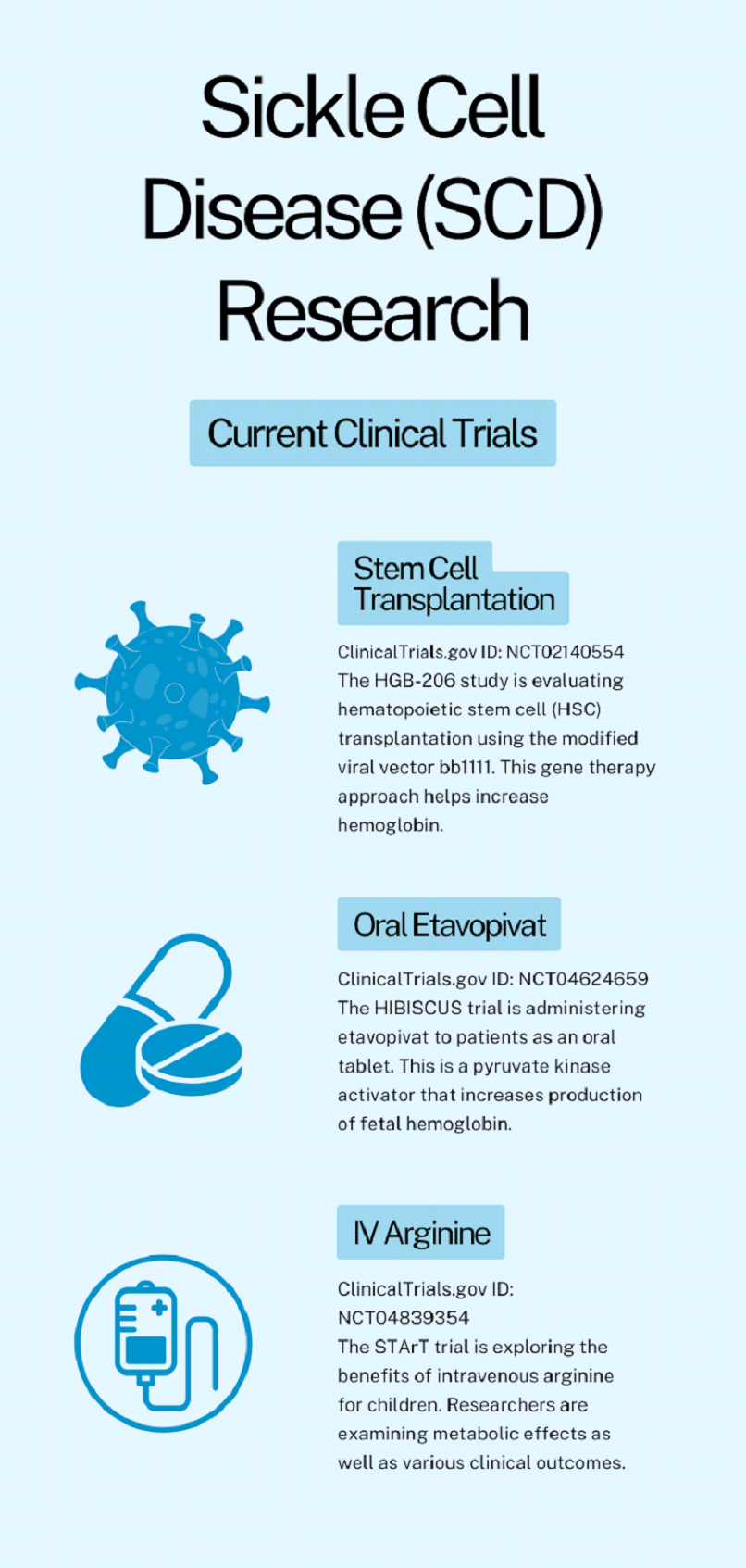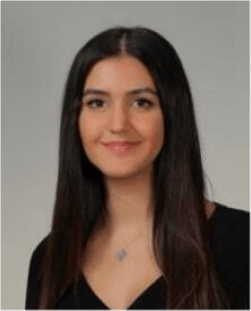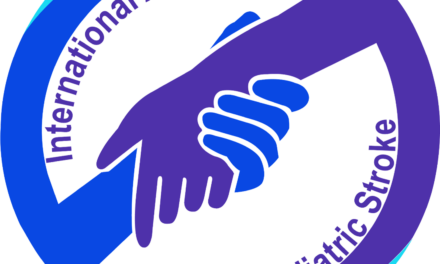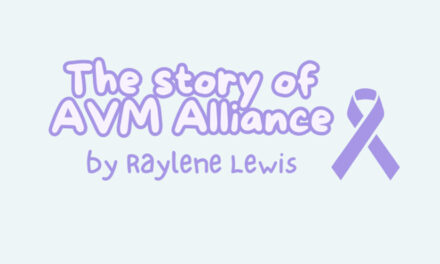
What are clinical trials?
Clinical trials are an essential part of clinical research. They allow researchers to study the ways in which new medical approaches affect health outcomes. These new methods might have to do with researchers creating new treatment options. They might also help to improve the quality of current options. Researchers hope to make safe and effective changes to treatment. These new medical approaches include ways to prevent, diagnose, or treat diseases.
Clinical Trials and Children
Clinical research plays a vital role in understanding how to enhance children’s health and prolong their lives. Many treatment options used for children today were tested in clinical trials with children. These studies depend on participation from both children dealing with illness and healthy children. By assisting with clinical research, children help researchers further their studies. These studies help us understand, prevent, and treat disease.
What are the phases of a clinical trial?
There are four stages in a clinical trial: phase I, phase II, phase III, and phase IV. In phase I, researchers have three main tasks. They find the proper doses, side effects, and safety of a new medical approach. This phase often uses fewer than 100 study participants. Phase II has a larger group. Researchers test the benefits of the approach and continue to watch for side effects. Meanwhile, they design the clinical trial’s next phase. In phase III, researchers prove the success of the approach and further monitor the side effects. This phase has as many participants as needed or as many as can enroll, which is often 1,000 or more. In phase IV, researchers apply the new medical approach. They continue to gather information on potential side effects of the treatment with thousands of study participants.
How do you find clinical trials?
To find a clinical trial of interest, enter ClinicalTrials.gov into your search engine. This will lead you to the National Institutes of Health’s clinical studies database. Next, choose your desired study status by selecting either “all studies” or “recruiting and not yet recruiting studies.” Selecting the latter means that you will be searching for clinical trials that are seeking participants either now or in the future. Then, enter a word or a phrase into one or more of the search fields as needed. These search fields will be : “condition/disease,” “other terms,” or “intervention/treatment.” Afterward, limit your search to a specific place by typing it into the “location” search field. Should you have any questions about what a search field pertains to, click the encircled “i” at the end of each search field for more details . Finally, click on the “search” button to view the results of your search. If you want to narrow your search even more before you click the last search button, click “more filters” at the bottom of the initial search page and select as few or as many criteria as needed. Under “more filters,” you can choose criteria associated with other demographic or study-related factors.
Clinical Trials for Sickle Cell Disease
Many clinical trials are looking at new ways to improve symptoms of sickle cell disease. The American Society of Hematology Research Collaborative (ASH RC) has created the Sickle Cell Disease Clinical Trials Network This database offers resources to educate patients and expands the range of safe and effective treatment options.
One well-known trial is the HGB-206 study. It is a phase I/II clinical trial that measures the effects of gene therapy. This one-time treatment targets the root problem of sickle cell disease. The illness is caused by a genetic defect that leads the body to make an abnormal form of protein hemoglobin which turns into a sickle shape instead of its normal biconcave discoid shape. This causes occlusion of small blood vessels impairing blood flow and also reduces red bell count survival. This process also harms blood vessels. Researchers in this study use a tiny, modified virus which is entered into the stem cells to form red blood cell which have anti-sickling property. This helps the body create more normal hemoglobin which does not sickle. This study uses an “ex vivo” approach. This means that the patient’s own cells are altered outside of the body and then returned to the patient.
Another relevant clinical trial is the phase II/III HIBISCUS study. This study aims to reduce the number of painful crises in sickle cell disease patients. These crises are often termed vaso-occlusive episodes (VOE). They occur when red blood cells stick together and get trapped in small blood vessels. The study explores etavopivat, a medicine that helps hemoglobin hold onto oxygen better. This, in turn, helps prevent the formation of sickle cells when there’s a drop in oxygen. Researchers are testing different amounts of the drug, measuring hemoglobin levels, and watching for VOE.
One ongoing pediatric phase III trial is researching arginine for sickle cell disease in children. Arginine is thought to increase levels of nitric oxide in the body, which may help relax blood vessels and improve blood flow . The study aims to show that giving patients arginine will reduce problems related to sickle cell disease.

Other Relevant Clinical Trial Research
Besides sickle cell disease, many clinical trials are dedicated to exploring patient data and treatment options for other related diseases. The International Pediatric Stroke Study offers a large collection of studies for childhood stroke. Some studies are looking into new treatment methods, including ones to improve recovery from stroke. One method, called neuromodulation, uses transcranial magnetic stimulation, direct current stimulation, or ultrasound to” turn on” the nervous system. Many clinical trials are observing the benefits of devices that use this method. So far, these trials have shown success in treating headaches, depression, and seizures. These devices can help stroke patients by forming new pathways in the brain during exercise. Doing so helps patients regain upper limb motor function. Another new technology is the hand rehabilitation device. Worn like a glove, this device is made to improve hand motor function and help patients regain strength. While this idea holds potential, it is still in its beginning phases and needs further investigation. If these clinical trials succeed , they could transform the landscape of treatment for brain conditions. Clinical trials offer hope for better quality of life for affected patients.
Resources
- https://www.nih.gov/health-information/nih-clinical-research-trials-you/basics
- https://www.nih.gov/sites/default/files/health-info/clinical-trials/infographic-why-researchers-different-kinds-clinical-studies.pdf
- https://www.cc.nih.gov/kidsinresearch/index.html
- https://www.cc.nih.gov/kidsinresearch/index.html
- https://www.clinicaltrials.gov/
- https://www.nih.gov/health-information/nih-clinical-research-trials-you/finding-clinical-trial
- https://classic.clinicaltrials.gov/ct2/help/how-find/basic
- https://www.ashresearchcollaborative.org/s/sickle-cell-disease-community
- https://clinicaltrials.gov/study/NCT02140554
- https://clinicaltrials.gov/study/NCT04624659
- https://clinicaltrials.gov/study/NCT04839354
- https://internationalpediatricstroke.org/ipss-research/
- https://link.springer.com/article/10.1007/s11910-023-01319-6
- https://www.ncbi.nlm.nih.gov/pmc/articles/PMC9325203/
About the Author

Natalie Mahgerefteh
Undergraduate Student
Natalie Mahgerefteh is a fourth year undergraduate student pursuing a B.S. in Neuroscience at UCLA. She is involved in clinical research in the field of neurosurgery at the David Geffen School of Medicine. Passionate about accessible healthcare and community outreach, she has volunteered at free clinics in the US as well as abroad and dedicates time to support patients with dementia at a local memory care center. Natalie loves to share her curiosity and enthusiasm for neurobiology with kids by volunteering at underfunded K-12 schools in Los Angeles County. She is interested in brain health and person-centered care and hopes to continue exploring her interests further in medical school. Natalie is originally from Huntington Beach, California, and enjoys reading, practicing Pilates, and spending time with family and friends.

Hannah Carsey
Undergraduate Student
Hannah Carsey is a third-year undergraduate student pursuing a B.S. in Biology and a B.A. in English at UCLA. She is involved in neurosurgical clinical research at the Ronald Reagan UCLA Medical Center and is interested in interpreting the long-term effects of traumatic brain injury on affected individuals’ quality of life. Hannah also works as an intern medical assistant in the field of Dermatology where she is able to substantiate her passion for preventative health and medical innovation. Given her passion for academia and extending literacy to disadvantaged groups, Hannah has spent several years volunteering for Sunrise Elementary School in Sacramento, California as a personal tutor for elementary school children endeavoring towards proficiency in reading, writing, mathematics, and science. Hannah is from Sacramento, California, and she enjoys spending time with close family and friends, reading classic literature, and listening to music.
Medical Editors: Manish Parakh, MD
Junior Editor: Ingrid Votruba





